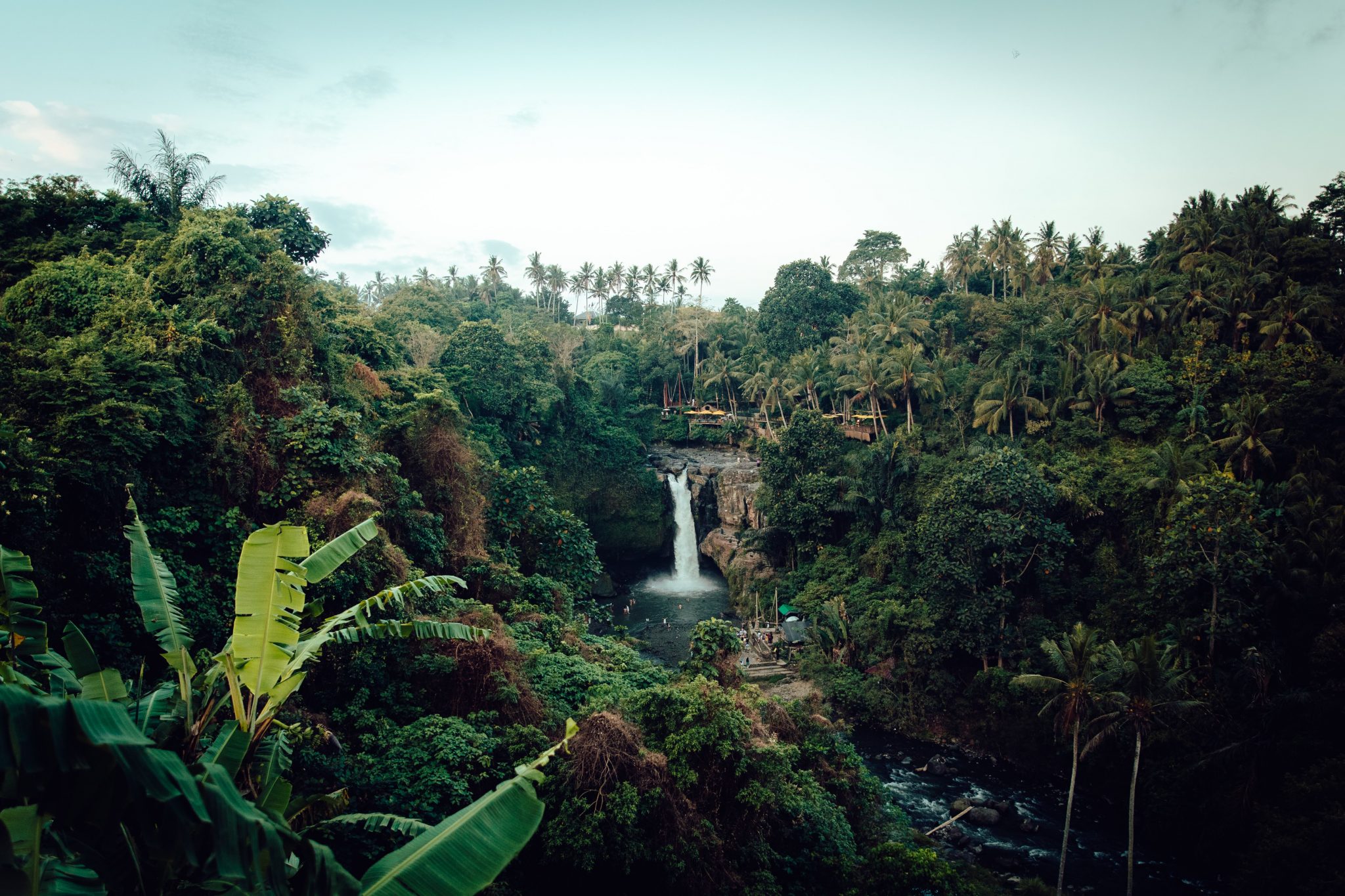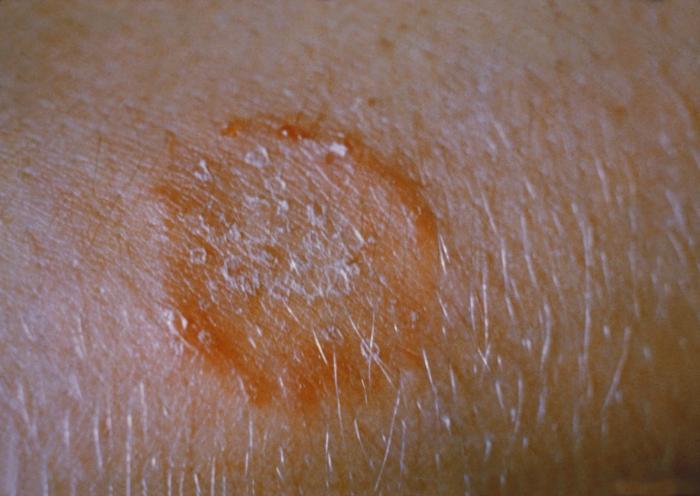Massive Saharan Dust Storm “Godzilla” Has Reached The US

2020, June 26, Friday
The U.S. hasn’t seen a larger cloud of sand-dust than this in 50 years!
This is a great opportunity to learn a little more about our beautiful planet. Keep reading to get your daily dose of knowledge and see some cool photos.
Earlier this week, the International Space Station shared these photos of the Saharan dust cloud and said,
“What looks like land is actually a Saharan dust cloud that has blown over the Atlantic Ocean and is nearing the Caribbean Sea.“
The station orbited above the shadow of the solar eclipse in Asia then the Saharan dust cloud over the Atlantic on June 21. https://t.co/qcHlvByj8M pic.twitter.com/npgL857jSC
— Intl. Space Station (@Space_Station) June 23, 2020
And now here it is!!!
What Is It And Where Is It From?
Nicknamed “Godzilla”, this dust cloud is actually called the “Saharan Air Layer” according to the National Oceanic and Atmospheric Administration, because it is a “traveling layer of air with particles originating from the Saharan Desert” which is in Africa (source).
When you ask yourself what more can 2020 bring then #SaharanDust answers your question. pic.twitter.com/r6paU5j4gG
— cafesinleche (@cafesinleche) June 26, 2020
This dust cloud has traveled over 5,000 miles all the way from Africa, across the Atlantic Ocean and Caribbean Sea to us and is working its way up the Gulf Coast and through Texas and nearby states.
Experts are expecting it to sweep up further north in the coming days and weeks, towards the Northeastern states.
Saharan dust has made its journey from Africa to the U.S. An unusually large plume is now entering the Southeast & will make its way north and east over the next several days. https://t.co/1reWYCsn1n pic.twitter.com/qywNu4NZOM
— WLOS (@WLOS_13) June 26, 2020
Is This Dust Storm Really That Big?
Yes.
Although this type of phenomenon happens about once a year, this time it is abnormally large and dense, and by that we mean it is about two to two-and-a-half miles thick in the air and covers enough land area to turn city skies hazy and darker.
Take a look at this:
View of El Yunque on a sunny day in March and a hazy day with Saharan dust in June pic.twitter.com/aVRD2pR76z
— El Yunque NF (@ElYunqueNF) June 23, 2020
BREAKING – Massive Saharan dust cloud blankets the Caribbean, heads toward the United States now.#SaharanDust over San Juan, Puerto Rico, today:pic.twitter.com/YI5t9l71Vm
— Disclose.tv 🚨 (@disclosetv) June 22, 2020
Should You Be Concerned For Your Health and Safety?
Dust plumes are a hodgepodge and can contain all sorts of particles it has picked up along the way, such as sand, dirt, minerals, and microorganisms and bacteria that can be both good and bad.
Although this dust cloud does not pose any immediate danger to the average healthy human, it does lower the air quality and can cause respiratory system irritation and worsen existing conditions. People living in areas with high levels of air pollution are more likely to die of COVID-19.

Those of you who are on the Eastern side of the U.S. may want to keep an eye on the news and air quality outside — especially if you or someone you know has allergies or a sensitive respiratory system.
Breathing in dust is a generally bad idea and you probably won’t enjoy the feeling either, so we recommend whipping out those face coverings or staying indoors and keeping windows closed to keep your eyes, nose, throat and lungs healthy and comfortable.
This Isn’t All Bad
Fascinatingly, on the flip side this dust storm actually provides ecological benefits.

These are just a few examples of the positive impact brought about by dust storms:
- Slowing down or preventing the formation of tropical cyclones and reducing the likelihood of hurricane strengthening.
- Fertilizing the Amazon ecosystem
- Feeding living things such as coral, algae, fish, and many other sea creatures in the ocean.
- Introducing new sand and dirt to beach environments.
There are many amazing and interesting things happening across the globe every day, and we hope we have opened your eyes to something new!
Additional Information
Here is some more information about this dust storm if you want to learn more about it:
- (Fox News) ‘Tremendous’ cloud of Saharan dust reaches Caribbean; Gulf states to see hazy skies, colorful sunsets
- (The Atlantic) A Giant Dust Storm Is Heading Across the Atlantic
- (NPR) Saharan Dust Cloud Arrives At The U.S. Gulf Coast, Bringing Haze
- (NY Post) Biggest Sahara dust storm in 50 years hits the US












